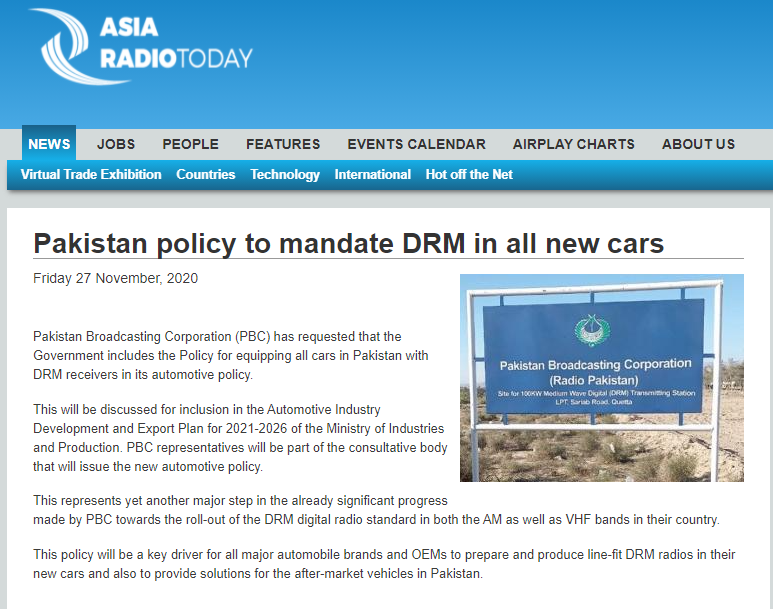
Source
Why did the North Korean regime turn on a new shortwave transmitter with the digital DRM standard (Digital Radio Mondiale)? And, above all, who listens to the transmissions, given that the receivers cost at least a hundred dollars, an enormity for a population starved by the supreme leader. RedTech, a French technology magazine, examines various hypotheses and concludes that there is nothing strategic about it. It will probably distribute the signal of KBCS (Korean Central Broadcasting Station) to repeaters (a system already used in the past in analogue) without setting up an expensive network of terrestrial transfer links. The transmitter operates on 6140 kHz with an estimated power of 50 to 100 kW and is in addition to the one on 3205 kHz that has been on air for more than a year. It uses AAC+ compression because the engineers used software that does not support the latest standards. More details in the RedTech article.
Written by Fabrizio Carnevalini

